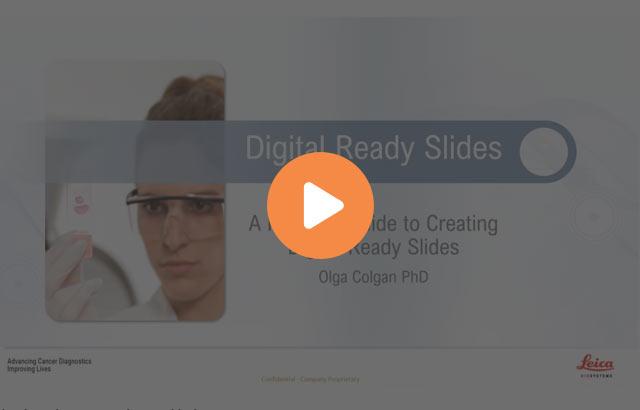Exploiting digital histology approaches to probe the pathophysiology of SARS-CoV-2 infection


COVID-19 is a complex multiphase disease. In most people, an early innate immune response transitions into a broadly effective adaptive immune response that controls the virus. However, 20-30% of symptomatic patients require hospitalization, with ICU admission rates ranging from 4.9-11.5%, and overall fatality rates of around 0.5%. Long-term inflammation in patients receiving supportive care in ICU can lead to pulmonary fibrosis, representing a third phase of the disease.
The success of broad-acting immunosuppressants such as dexamethasone clearly demonstrates that while the immune system is involved in disease amelioration, it also causes disease exacerbation. Understanding what factors underpin the transition between each phase in the lungs, the site of primary infection, and other organs is required for full understanding of the pathophysiology of SARS CoV-2. Through various researches, our goal is to inform the optimal selection and scheduling of therapeutic approaches. To achieve this, we have undertaken a wide-ranging analysis of post-mortem samples from patients at the different stages of COVID-19 disease. Selected results will be presented during the talk.
The talk will also cover a range of digital pathology and tissue multiplexing techniques, discuss different in capabilities of specific research platforms and how they can be effectively combined to probe the biology of the tissue microenvironment.
Learning Objectives
- Describe different techniques involved in molecular histology and how they integrate in a workflow.
- Identify the pathophysiology of SARS-CoV2 infection in tissues, including related to viral replication and anti-viral immunity.
- Demonstrate how digital image analyses (immunofluorescence, transcriptomic) can be utilized to determine features of microenvironmental immunity.
About the presenters

A University of Birmingham (UoB) graduate in Biochemistry, Kelly trained as a Biomedical Scientist in the private healthcare sector and went on to practice in NHS laboratories. Following an MSc Genomic Medicine at UoB, Kelly joined the emerging digital pathology service at the Advanced Therapies Facility at UoB. Here Kelly has been progressing staining, imaging and analytical methods on various platforms including the Leica Bond RX, Akoya Vectra Polaris 2, Nanostring GeoMx and Visiopharm, and bolstered by a recent WT MUE award has been involved in establishing and managing the Molecular Histology Facility.
During this time the facility has established a number of strategic partnerships including Global Priority Site and Key Account with Nanostring, Key Opinion Leader with Akoya, Reference Site with Visiopharm and other collaborations including Leica Biosystems.

Graham Taylor is a senior lecturer in viral and cancer immunology at the University of Birmingham, UK. His research group studies the immunology of Epstein-Barr virus (EBV), a common human herpesvirus infection linked to multiple diseases including 2% of cancers worldwide. His group have started to apply high dimensional analytical techniques to studies the virology and immunology of EBV diseases. These include mass cytometry to characterise immune cells in the blood, high-plex cytokine analysis of plasma and, most recently, high-plex immunohistochemistry to study tissue samples.
During the SARS-CoV2 pandemic Graham's research group, in collaboration with Prof. Paul Murray's group at the University of Limerick, have studied different virus-related diseases. These include: i) Multisystem inflammatory Syndrome of Children (MIS-C, also known as PIMS-TS) that develops in few children infected by the virus, and ii) COVID-19. For the latter his group have deployed a wide range of complementary techniques on post-mortem tissue samples.
Related Content
El contenido de Leica Biosystems Knowledge Pathway está sujeto a las condiciones de uso del sitio web de Leica Biosystems, disponibles en: Aviso legal.. El contenido, incluidos los webinars o seminarios web, los recursos de formación y los materiales relacionados, está destinado a proporcionar información general sobre temas concretos de interés para los profesionales de la salud y no está destinado a ser, ni debe interpretarse como asesoramiento médico, normativo o jurídico. Los puntos de vista y opiniones expresados en cualquier contenido de terceros reflejan los puntos de vista y opiniones personales de los ponentes/autores y no representan ni reflejan necesariamente los puntos de vista ni opiniones de Leica Biosystems, sus empleados o sus agentes. Cualquier enlace incluido en el contenido que proporcione acceso a recursos o contenido de terceros se proporciona únicamente por comodidad.
Para el uso de cualquier producto, debe consultarse la documentación correspondiente del producto, incluidas las guías de información, los prospectos y los manuales de funcionamiento.
Copyright © 2025 Leica Biosystems division of Leica Microsystems, Inc. and its Leica Biosystems affiliates. All rights reserved. LEICA and the Leica Logo are registered trademarks of Leica Microsystems IR GmbH.



